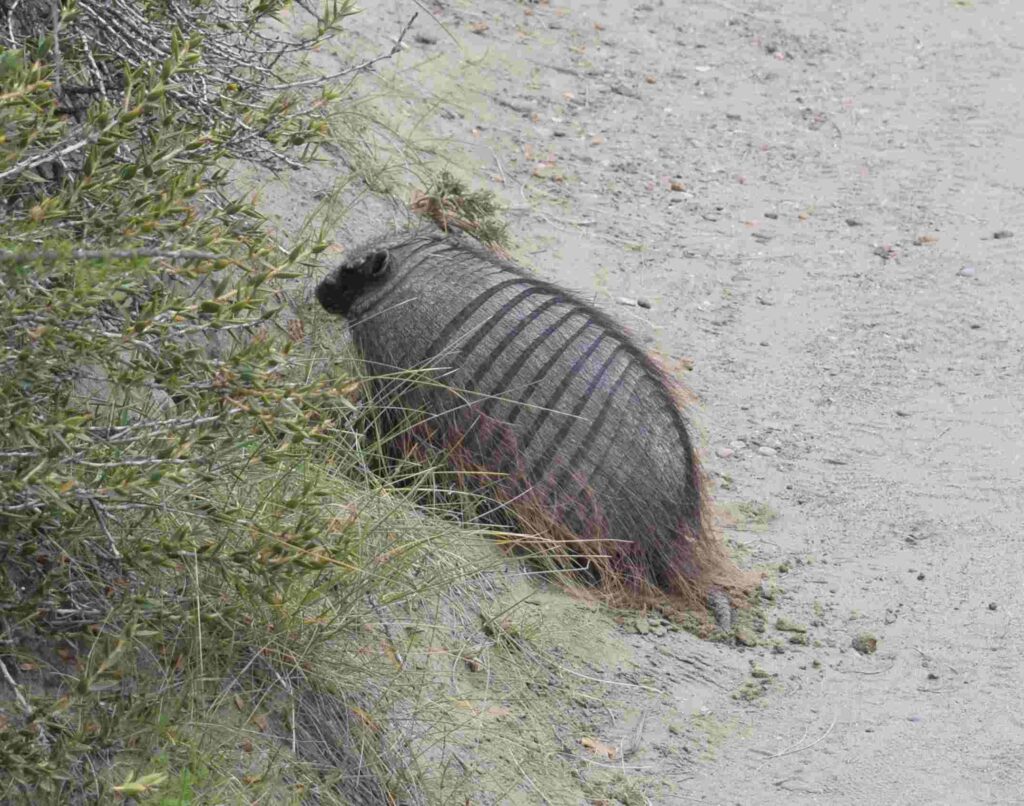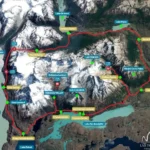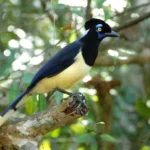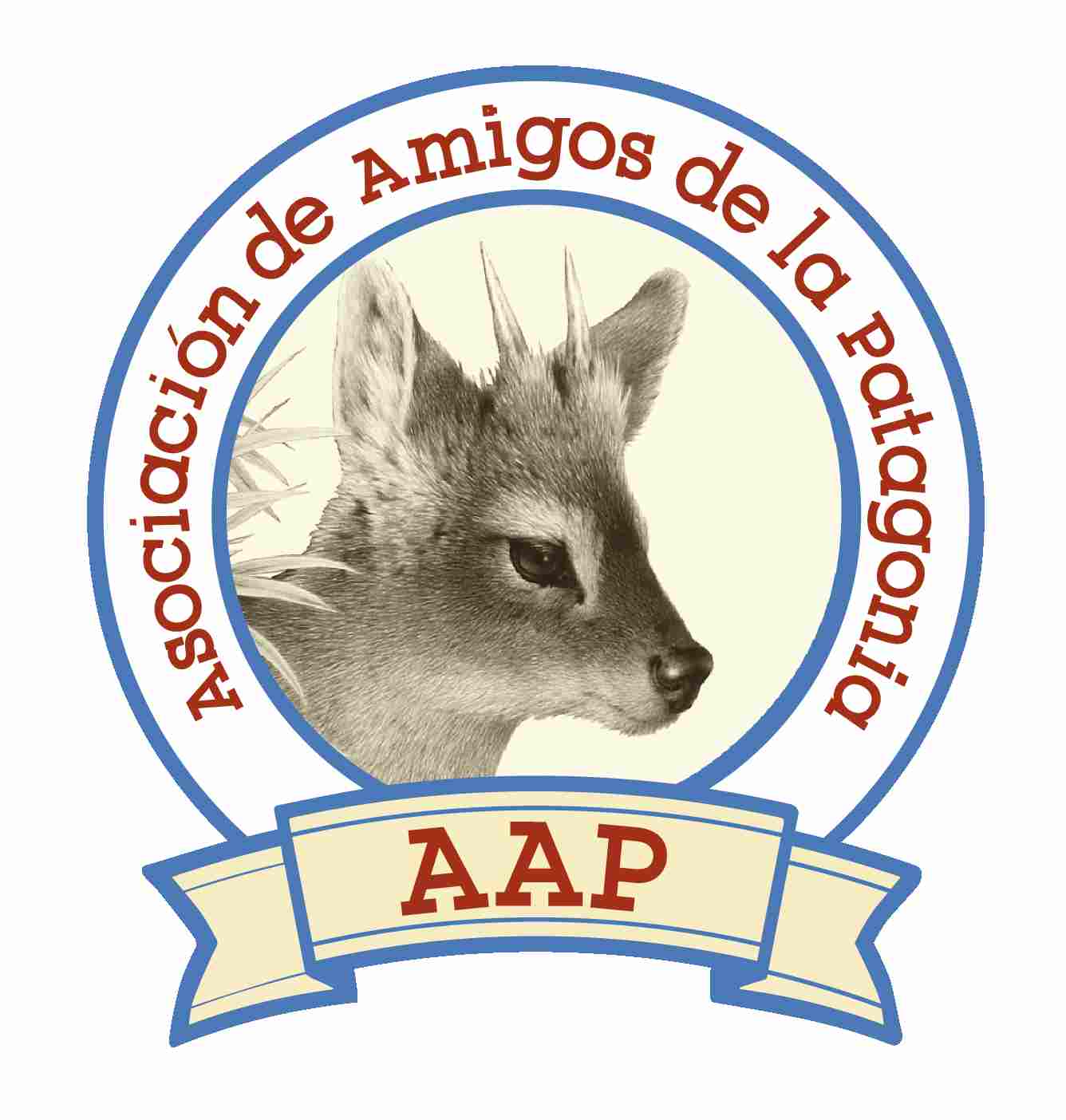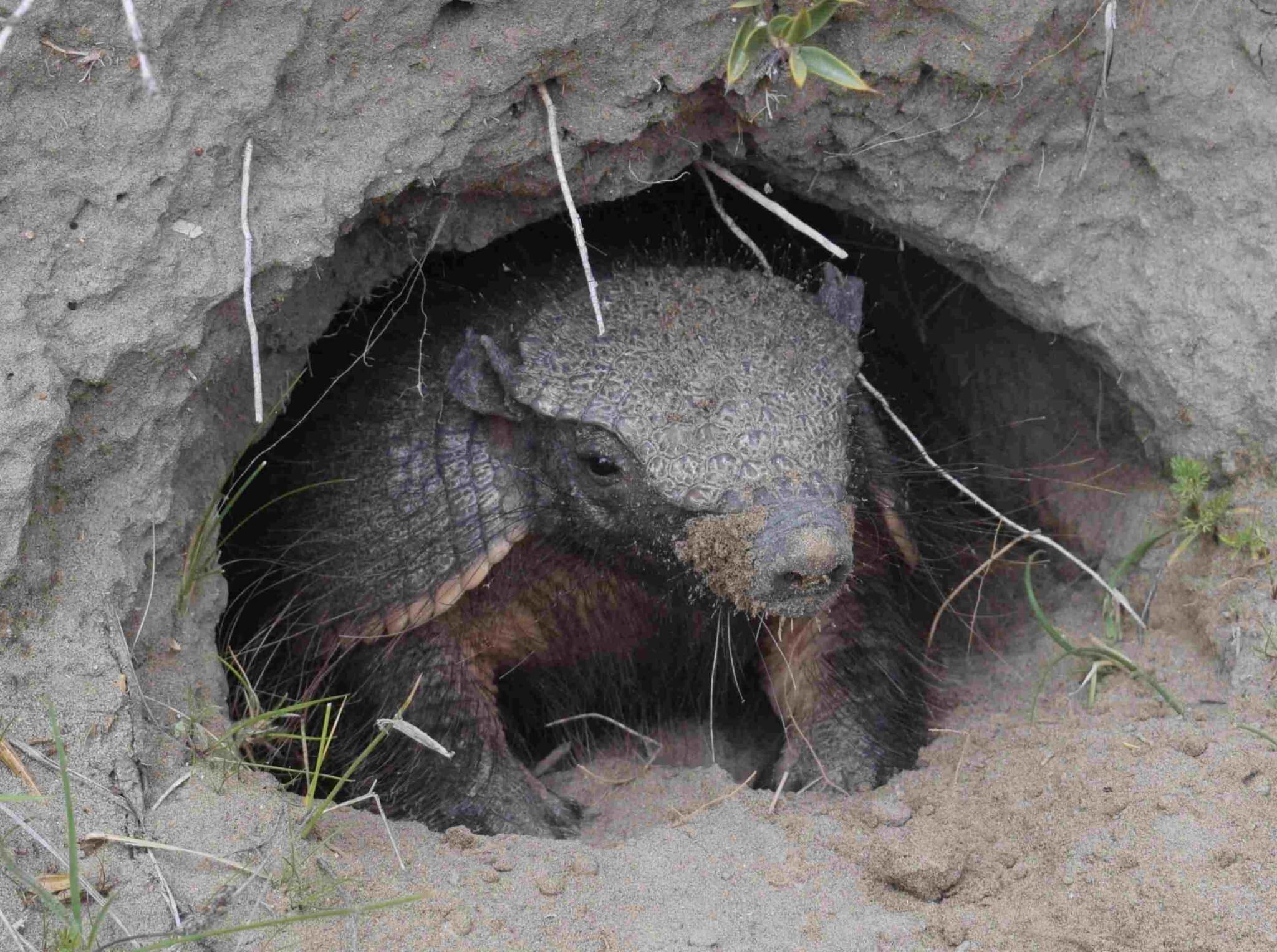
Patagonian Armadillo: A Fascinating Creature of the Southern Hemisphere
The Patagonian armadillo, also known as the Pichi, Zaedyus pichiy, piche, or dwarf armadillo, is a unique and quirky animal native to the southern parts of South America. With its distinct armor and elusive habits, this small mammal is a delight for wildlife enthusiasts and nature lovers alike. Let’s dive into what makes the Patagonian armadillo so special, where you can find them, and some fun facts about their behavior and habitat.
Characteristics of the Patagonian Armadillo
The Patagonian armadillo is easily recognizable by its hard, protective shell made up of bony plates covered in keratin. This armor helps protect it from predators and harsh weather. Typically measuring around 20 to 30 centimeters in length and weighing up to 1.5 kilograms, the armadillo has a stocky build with short legs, sharp claws, and a pointed snout used for foraging.
Habitat and Distribution of the Patagonian Armadillo
Where to Find the Pichi in Patagonia
The Patagonian armadillo lives in a range of environments across southern Argentina and Chile, including grasslands, scrublands, and arid regions. They’re well-adapted to the cold, dry conditions of Patagonia and can often be found burrowing in sandy soils or under dense vegetation. These armadillos are solitary and mostly come out at dusk and dawn to look for insects, small animals, and plants to eat.
Best Places to See Patagonian Armadillos
Top Spots for Armadillo Spotting in Patagonia
One of the best places to see Patagonian armadillos is the Peninsula Valdés, a UNESCO World Heritage site known for its rich wildlife and stunning coastal landscapes. The peninsula’s varied terrain makes it a great habitat for armadillos, along with other cool animals like guanacos, sea lions, and orcas. It’s relatively easy to find them roaming around in Punta Norte.
On the other hand, Peninsula Valdés offers lots of opportunities for wildlife lovers, including Whale Watching, walking among penguins, and spotting other species.
Besides Peninsula Valdés, you can also see Patagonian armadillos along the Atlantic coastline of Patagonia, especially in places like Punta Tombo and Camarones, where they share their habitat with large colonies of Magellanic penguins. The coastal region offers beautiful ocean views and plenty of wildlife observation opportunities. Torres del Paine, Los Glaciares National Park, El Chalten, and other destinations are also part of their habitat. Notice that the fact that you visit those places, doesn’t give any guarantee to see them, since they’re animals and their behavour exceeds any planification.
Torres del Paine National Park in Chile is another place to see armadillos, but is not so frequent as years ago. The park’s rugged landscapes and extensive trails offer great chances for wildlife spotting. It’s also known for its breathtaking mountain scenery and diverse wildlife. Pumas are seen frequently around!
Behavior and Ecology of the Patagonian Armadillo
Patagonian armadillos mainly eat insects like ants and termites, but they also snack on small animals and plants. They use their strong claws to dig for food and make burrows, which they use to hide from predators and bad weather. These burrows are also where they raise their young. They are usually seen near penguin colonies, since they love eating their eggs!
Conservation Status and Threats
Helping Protect the Patagonian Armadillo
Even though they’re tough little guys, Patagonian armadillos face threats like habitat destruction, hunting, and climate change. Conservation efforts are crucial to protect their homes and make sure they stick around for future generations. Places like Peninsula Valdés and Torres del Paine are key to these efforts, providing safe havens for armadillos and other wildlife.
However, this is a fascinating and resilient creature, perfectly adapted to the tough environments of southern South America.
Wildlife tours in Argentina and Chile
We’re a local travel company that offers personalized tours in Argentina and Chile, and among our circuits, we offer wild life tours, aiming also to bring awareness about nature and the environment.
We invite you to explore our following tours, and also other kinds of experiences in Argentina and Chile:
Let’s start planning your next experience!
0






